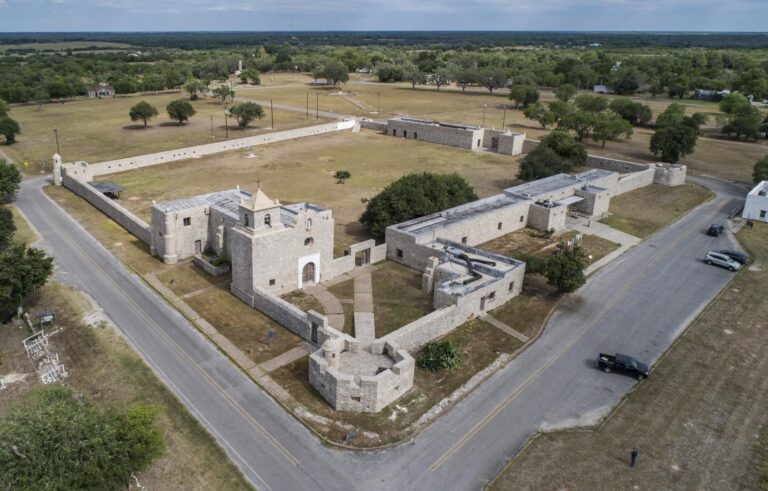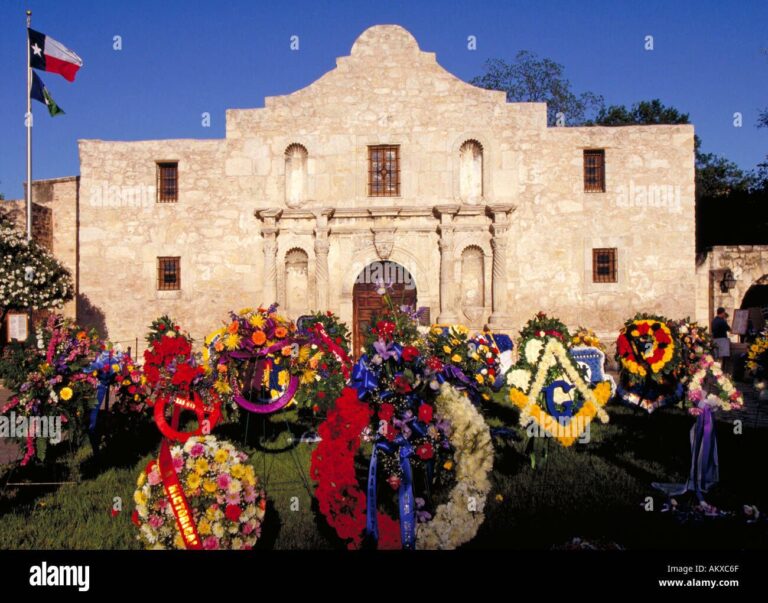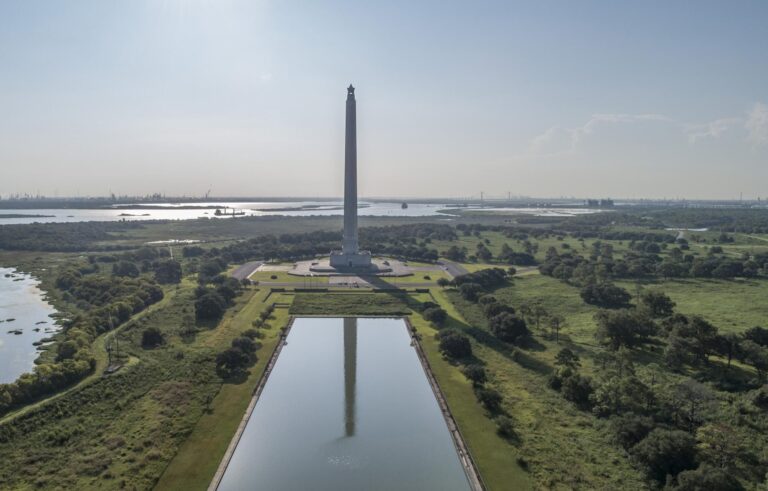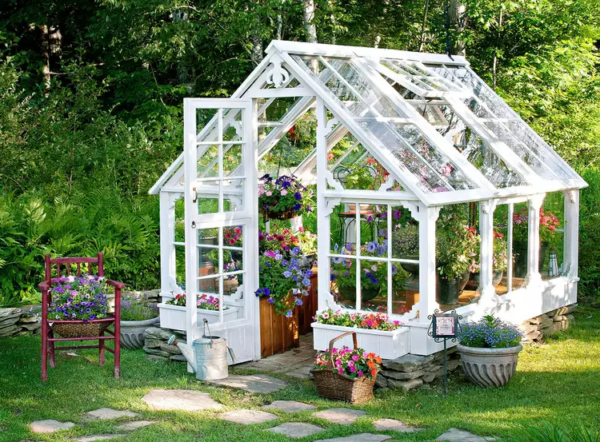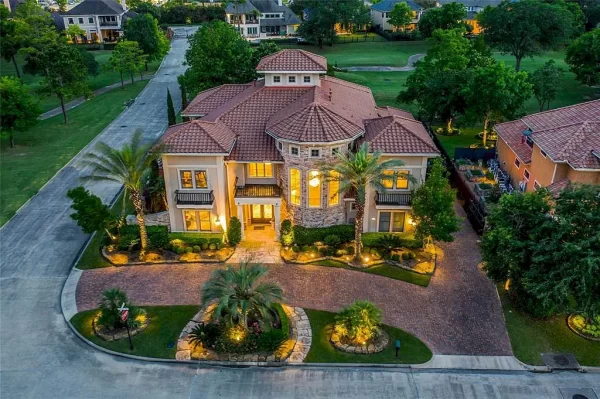Preservation of Texas’s Historic Homes: Challenges and Successes
Texas is renowned for its rich history, and one of the most tangible connections to the past lies in its historic homes. These architectural treasures serve as living testaments to the state’s cultural, social, and economic evolution. Preserving these homes is both a challenging and rewarding endeavor, reflecting the community’s dedication to safeguarding its heritage.

Source: thc.texas
The Importance of Preserving Historic Homes
Historic homes in Texas offer more than aesthetic appeal; they are vital cultural artifacts. From Victorian mansions in Galveston to adobe dwellings in San Antonio, these structures tell the stories of the people and events that shaped the Lone Star State. Preservation not only maintains a physical connection to history but also boosts local economies through tourism, enhances community pride, and provides educational opportunities. For instance, the Bishop’s Palace in Galveston, a Victorian masterpiece, draws thousands of visitors annually, showcasing the craftsmanship and architectural trends of the late 19th century. Similarly, the King William Historic District in San Antonio provides a glimpse into the lives of affluent German immigrants in the 1800s. Highlighting such examples helps underscore the cultural significance of preservation efforts.
Preserving historic homes also plays a critical role in education. Schools and universities often use these sites as living classrooms, allowing students to engage with history in a tangible way. Programs like guided tours and interactive exhibits make history accessible and foster a deeper understanding of Texas’s diverse heritage.
Key Challenges in Preservation
- Weather and Environmental Factors Texas’s diverse climate poses significant risks to historic homes. Hurricanes along the Gulf Coast, extreme heat, and unpredictable weather patterns can cause structural damage over time. For example, the destructive force of Hurricane Harvey in 2017 devastated many historic properties, leaving communities scrambling for resources to repair and rebuild. Preservationists must invest in materials and techniques that withstand these challenges, such as weather-resistant coatings, improved drainage systems, and routine maintenance plans. In coastal regions, elevated foundations and storm shutters have become essential tools for protecting these architectural gems.
- Urban Development and Modernization Rapid urbanization threatens many historic neighborhoods. As cities expand, historic properties often face demolition to make way for modern developments. For instance, parts of Houston’s historic Fourth Ward, once a vibrant hub of African American culture, have been lost to gentrification and new construction. Balancing growth with preservation requires thoughtful urban planning and advocacy. Historic districts and zoning laws can provide a framework for protecting vulnerable areas while accommodating new development.
- Financial Constraints Restoring and maintaining historic homes can be expensive. Property owners often struggle with the high costs of specialized materials, skilled labor, and compliance with preservation standards. For example, the restoration of the historic Driskill Hotel in Austin required millions of dollars in investment to preserve its original grandeur. Public and private funding sources are essential to address these financial barriers. Grants from organizations like the National Trust for Historic Preservation and local initiatives such as the Texas Historical Foundation’s funding programs offer vital support for restoration projects.
- Lack of Awareness Many historic homes are lost due to neglect or lack of public awareness about their significance. Community education programs are vital to fostering appreciation and support for preservation efforts. Initiatives like walking tours, preservation workshops, and partnerships with local schools can help communities connect with their historic roots and recognize the value of these architectural landmarks.
Success Stories in Preservation
Despite the challenges, Texas boasts numerous success stories that highlight the resilience and commitment of preservationists, local governments, and communities.
- Galveston’s Strand Historic District After the devastation of Hurricane Ike in 2008, Galveston’s historic district saw a remarkable recovery. Collaborative efforts between local organizations and federal agencies led to the restoration of Victorian-era homes and buildings, revitalizing the area as a cultural and economic hub. Today, Galveston’s Dickens on The Strand festival draws crowds from across the country, showcasing the charm of its restored 19th-century architecture.
- San Antonio’s Missions Recognized as a UNESCO World Heritage Site, the San Antonio Missions showcase the power of preservation in celebrating Texas’s multicultural heritage. These historic structures attract millions of visitors annually, contributing to both education and tourism. Preservation efforts have included extensive archaeological research, structural reinforcement, and community engagement programs to ensure these sites remain accessible and informative for future generations.
- Preservation Tax Incentives Texas offers financial incentives for property owners who restore historic homes. Programs like the Texas Historic Preservation Tax Credit encourage investment in rehabilitation projects, making preservation financially viable for many. For example, the program’s impact can be seen in the successful restoration of the Statler Hotel in Dallas, a mid-century modern icon that now serves as a vibrant mixed-use development.
- Community-Led Initiatives Grassroots movements have played a significant role in saving historic homes. Organizations like Preservation Texas advocate for policies and resources to protect endangered properties, while local groups host workshops and events to raise awareness. In Austin, the Save Muny initiative successfully protected the historic Lions Municipal Golf Course, a site with deep cultural and historical significance.
The Future of Historic Home Preservation
Looking ahead, technology and innovation will play a crucial role in overcoming preservation challenges. Digital tools like 3D modeling and virtual reality can assist in restoration planning, allowing preservationists to visualize and test various approaches before implementing them. These technologies also offer new ways to engage the public, such as virtual tours that make historic sites accessible to a global audience.
Sustainable building practices are another key area of focus. Using eco-friendly materials and energy-efficient systems ensures that restored homes are environmentally responsible and cost-effective to maintain. For example, incorporating solar panels and modern insulation techniques can enhance the functionality of historic homes without compromising their authenticity.
Public engagement remains key. Encouraging participation through events, educational programs, and partnerships can foster a collective sense of responsibility. Annual preservation awards, community clean-up days, and collaborative art projects are just a few ways to involve residents in preserving their local heritage.
Conclusion
The preservation of Texas’s historic homes is a testament to the state’s enduring respect for its past. While challenges persist, the successes achieved through collaboration, innovation, and dedication highlight the immense value of these efforts. By safeguarding these architectural treasures, Texans honor their heritage and pave the way for a richer cultural landscape. Every restored home, every protected district, and every community initiative brings us closer to a future where history and progress coexist harmoniously. This journey is not just about saving buildings; it’s about preserving the soul of Texas itself.


